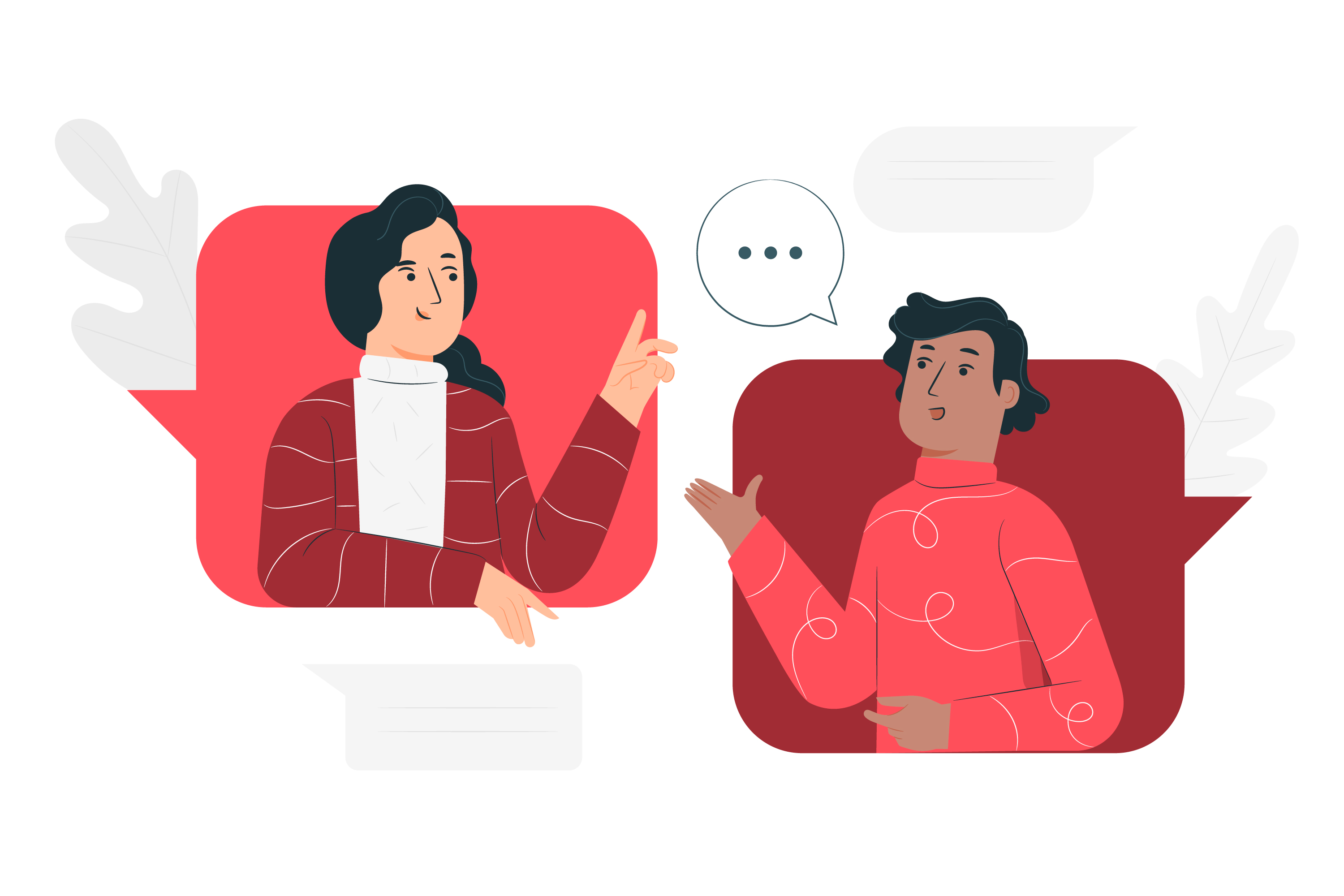In order for a proposed invention to be awarded a patent, it has to pass the following five tollgates:
-
Patentable subject matter
-
Novelty
-
Non-obviousness/inventive-step
-
Industrial application
-
Enablement
Patentable subject matter
The proposed invention which seeks a patent should fall outside the scope of “non-patentable subject matter”. Almost every country provides a list of subject matter, which cannot be patented.
In India, section 3 and 4 of Indian Patent Act (Law governing patent system in India) , discloses such non-patentable subject matters. For example, in India, non-patentable subject matter include, laws of nature or anything opposing them, physical phenomenon, abstract ideas, discovery of any living thing or non living substance, method of agriculture or horticulture, new form of know substances, method of playing games, any aesthetic creations, anything that causes a serious harm to human, animal, plant life or to the environment, among others.
Once a proposed invention passes this tollgate, the patent office will look into the novelty aspect.
Novelty
The proposed invention will be announced as novel, if it has not been anticipated by information available in public domain prior to the priority date (first filling date) of a patent application for the proposed invention. Proposed invention passing this tollgate will be further scrutinized to check compliance with non-obviousness requirement of patentability.
Non-obviousness/inventive-step
The invention can pass the non-obviousness tollgate, if it has technical advancement with respect to know prior art (existing public knowledge). This technical advancement should not seem obvious to a person skilled in the field of the proposed invention, in light of prior art. Most of the proposed inventions find it difficult to pass this tollgate, as the interpretation of law governing this requirement is subjective in nature.
Industrial application
The next tollgate in obtaining a patent is industrial application. Industrial application according to the Indian Patent Act means, the proposed invention should be capable of being made or used in the industry. Most proposed inventions satisfy this requirement, unless the proposed invention is frivolous in nature.
Enablement
Enablement requirement can be met as long as the inventors have sufficient information to reduce the proposed invention to practice. Information that enables the proposed invention to be reduced to practice should be included in the patent application corresponding to the proposed invention. The Indian Patent Act requires the patent application to include information that enables a person with ordinary skill to practice the invention. The Patent Act also requires the patent applicants to disclose the best approach of practicing the invention, which is known to them at the time of filing the application.
I hope you found this article helpful. You may also be interested in reading our other related articles:
You can download a copy of this article here
Best regards,
Team InvnTree


 Follow
Follow

